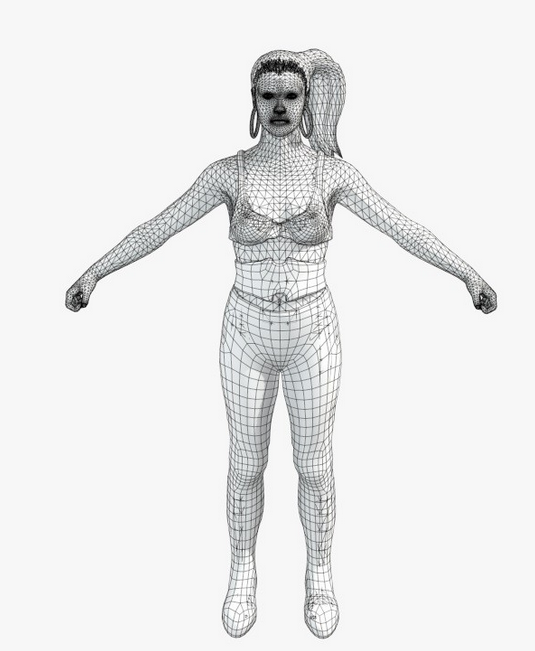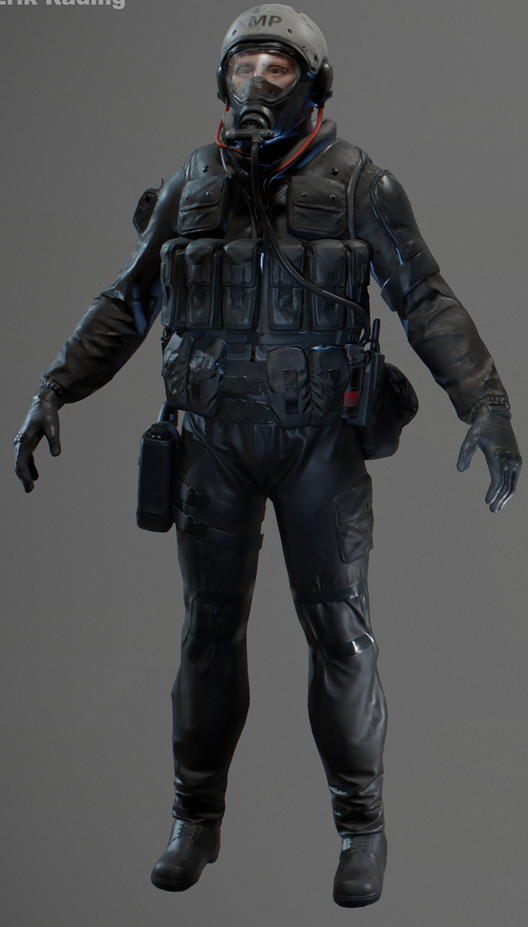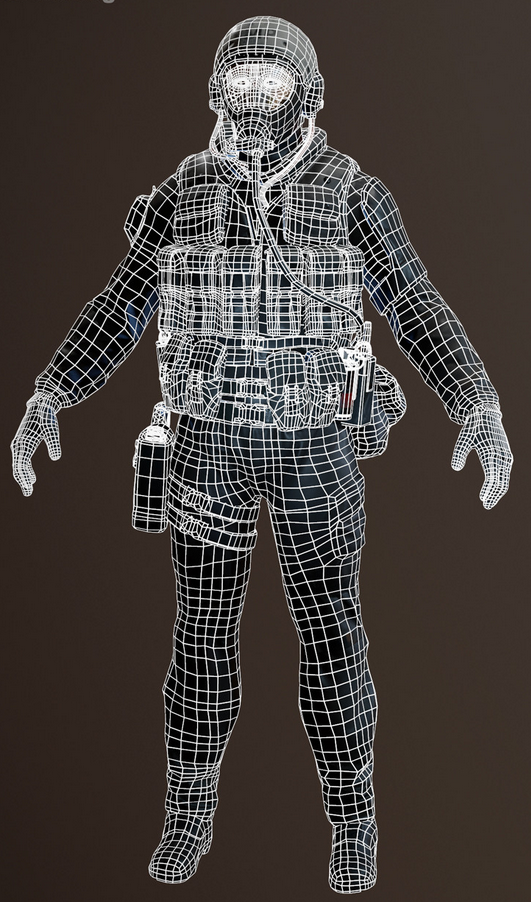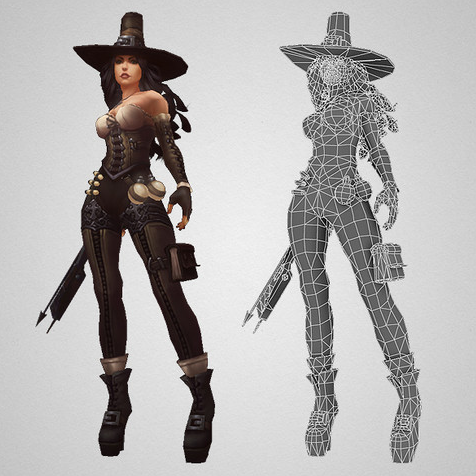Undertale's imaginative, character-laden, story-developing boss fights
Torment: Tides of Numenera lead area designer George Ziets points to indie RPG Undertale as his favorite example of great boss fight design. He believes that combat (along with every other part of a game) is an opportunity to reveal story and to offer the player options that would change outcomes with characters. Ziets says that
Undertale does this especially well. "The game was great at creating layered characters with hidden motivations beneath their (often humorous) outward behavior, and the deeper characterization was almost always revealed during the combat sequences," he explains.
More mechanically speaking, its boss fights are puzzles, always with more than one solution, and usually incorporating dialogue, items, and the opportunity to show enemies mercy. "It is up to the player to discover how best to resolve them," he explains. "And the most obvious approach of killing your enemies is never the ideal result."
Ziets suggests that nearly every
Undertale boss fight is worthy of study, for the imaginative variation in mechanics and use of humor to make bosses more sympathetic characters. But he picked a few examples to highlight: in one battle, against the Royal Guards, selecting the "clean armor" option reveals unrequited romantic feelings between them and unlocks a non-violent, happy ending to the fight; the "So Sorry" encounter, by contrast, disguised character interactions in the form of fights. Other battles revealed character and personality. "In the encounters with Metaton and Alphys," says Ziets, "the player could learn about Alphys' crush on Undyne and her tender feelings toward her robotic creation, Metaton, despite his dangerous behavior."
Takeaway: Boss fights present conflict between characters, and that conflict need not necessarily be violent if it's about developing relationships or empathy or furthering a story beat.
































![Glory to Codexia! [2012] Codex 2012](/forums/smiles/campaign_tags/campaign_slushfund2012.png)







 ?
?




